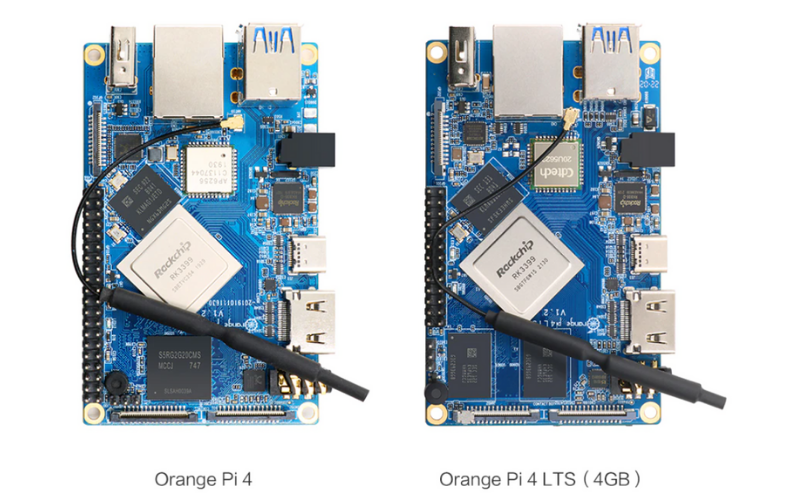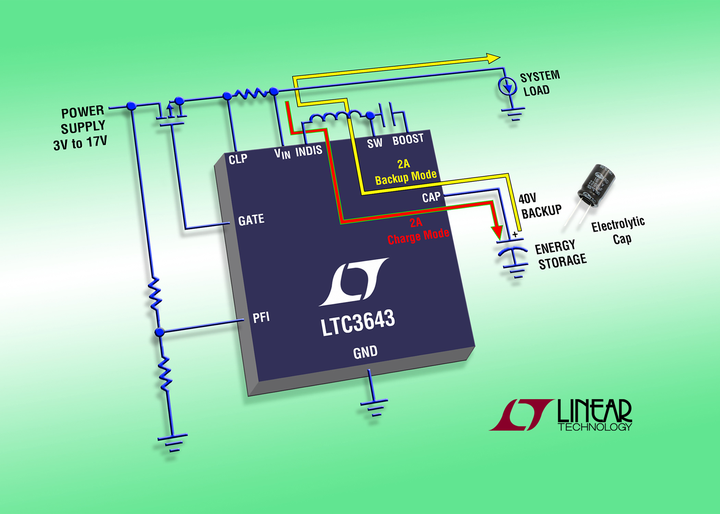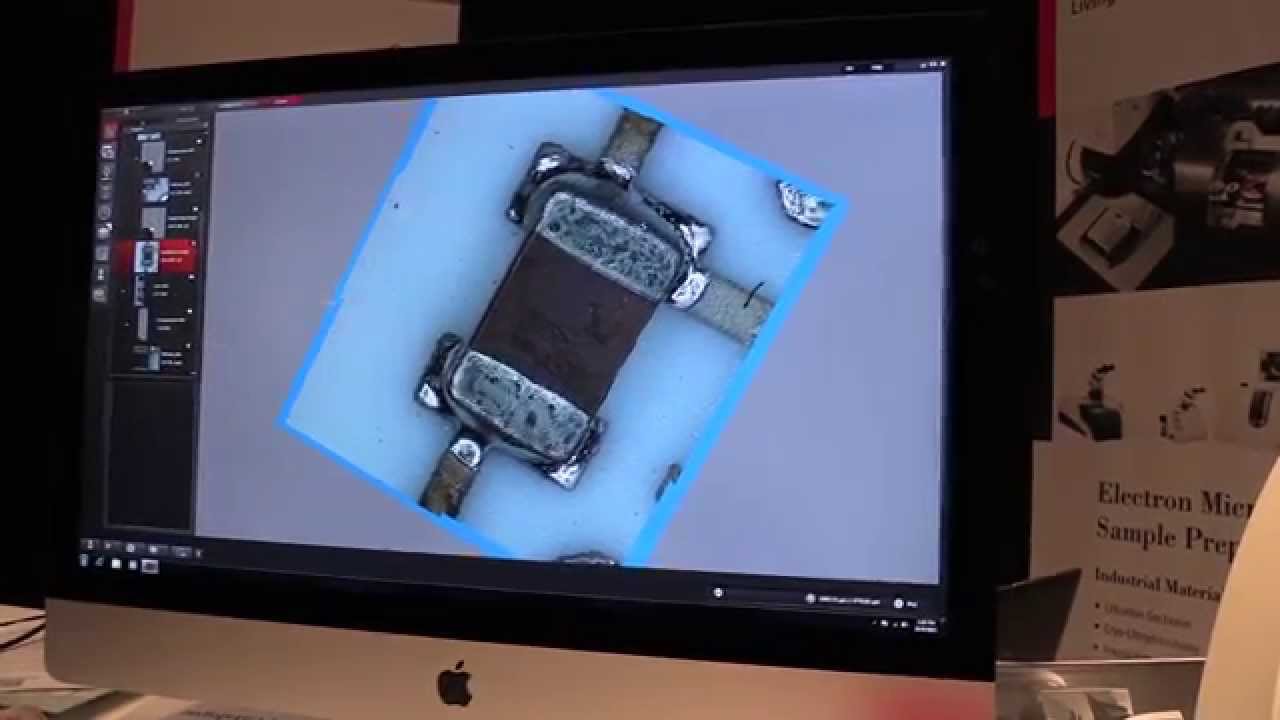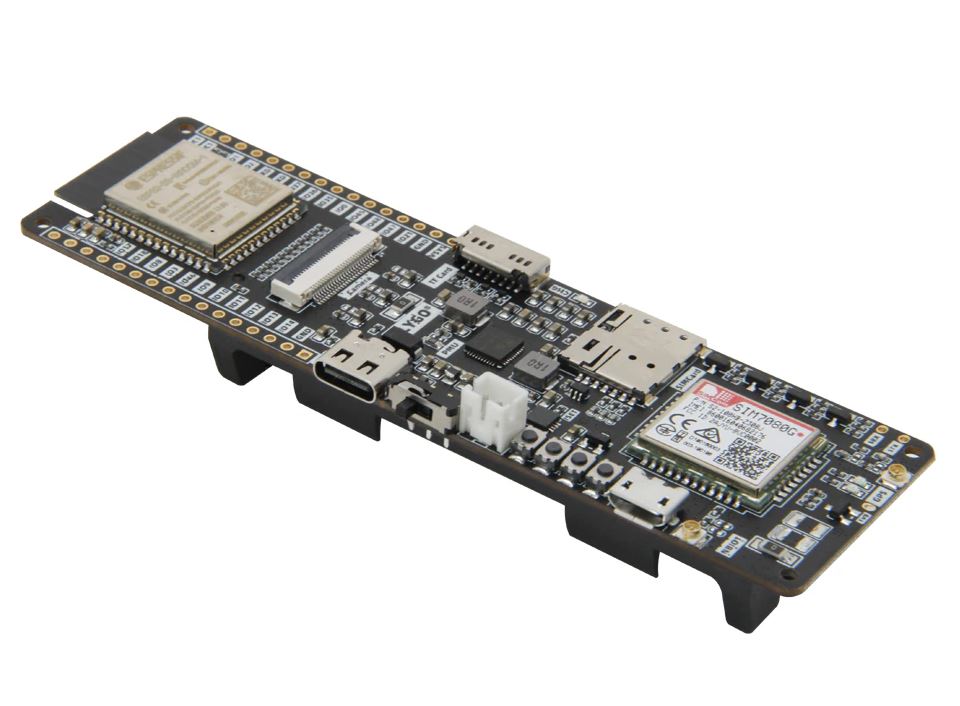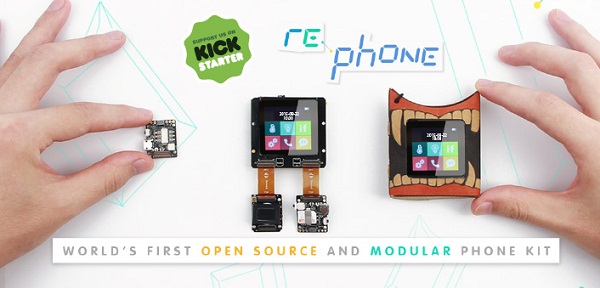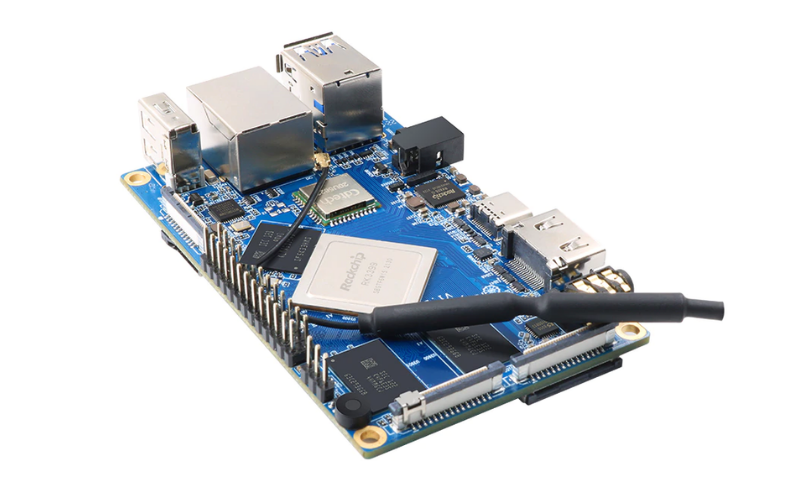
Orange Pi 4 LTS – An optimized version of the original Orange Pi 4
Shenzhen Xunlong released its new board design Orange Pi 4 LTS, with almost the same specifications and layout as Orange Pi 4 but with minor changes. It is considered to be an optimized version of the original Orange Pi 4 integrated with readily available components while keeping the prices fairly reasonable. Built around the Rockchip RK3399 system-on-chip featuring dual-core Arm Cortex-A72 clocked up to a frequency of 1.8GHz also incorporates quad-core Arm Cortex-A53 at 1.4GHz clock frequency. Additionally, the SoC gets a Mali-T860 graphics processing unit but no neural processing unit unlike the RK3399Pro has 3 TOPS NPU.
For processing several applications simultaneously, RAM is one of the important aspects to look at, and the Orange Pi 4 LTS gives developers the option to choose between 3GB or 4GB LPDDR4 RAM. To store custom programs designed for your edge applications, there is a MicroSD card slot and optional 16GB eMMC flash storage. There are some other minor changes in the Orange Pi 4 LTS in comparison to the original model as noticed by CNX-Software. These include the replacement of Realtek ALC5651 audio codec by ESS ES8316 codec and the shortening of standard 40-pin to 26-pin GPIO headers. Changes might be subject to limited space on the board as they are now using two RAM chips instead of one like their predecessor.
For connectivity, the board will be shipped with a Gigabit Ethernet port via YT8531C (transceiver), dual-band 802.11ac 2×2 MIMO Wi-Fi 5, and Bluetooth 5.0. The integrated CDW-20U5622-02 module is responsible for the support for wireless connectivity, defined as “a single-die wireless local area network (WLAN) and Bluetooth (BT) combination solution to support IEEE 802.11a/b/g/n/ac WLAN standards and BT 5.0, enabling seamless integration of WLAN/BT and low-energy technology.”
Sized at 91×56 mm is slightly bigger than the Raspberry Pi 4 Model B but has decent input/output ports including the USB 3.0 and USB 2.0 Type-A ports, a USB 3.0 Type-C port, 24-pin mini PCIe connector, dedicated connectors for the camera, and display modules. To power the hardware, the power jack will support a 5V/3A DC power supply through a DC jack or USB Type-C port.
Today, the manufacturers have provided Android, Ubuntu, and Debian images which are available to download but we are still expecting some detailed documentation on getting started with the hardware. Interestingly, Shenzhen Xunlong has provided open-source schematics for the design for detailed viewing of the ICs used on the board. If you are looking forward to purchasing the board, it is available on AliExpress starting at $72.90 (if you are shipping it to the United States or Canada).





